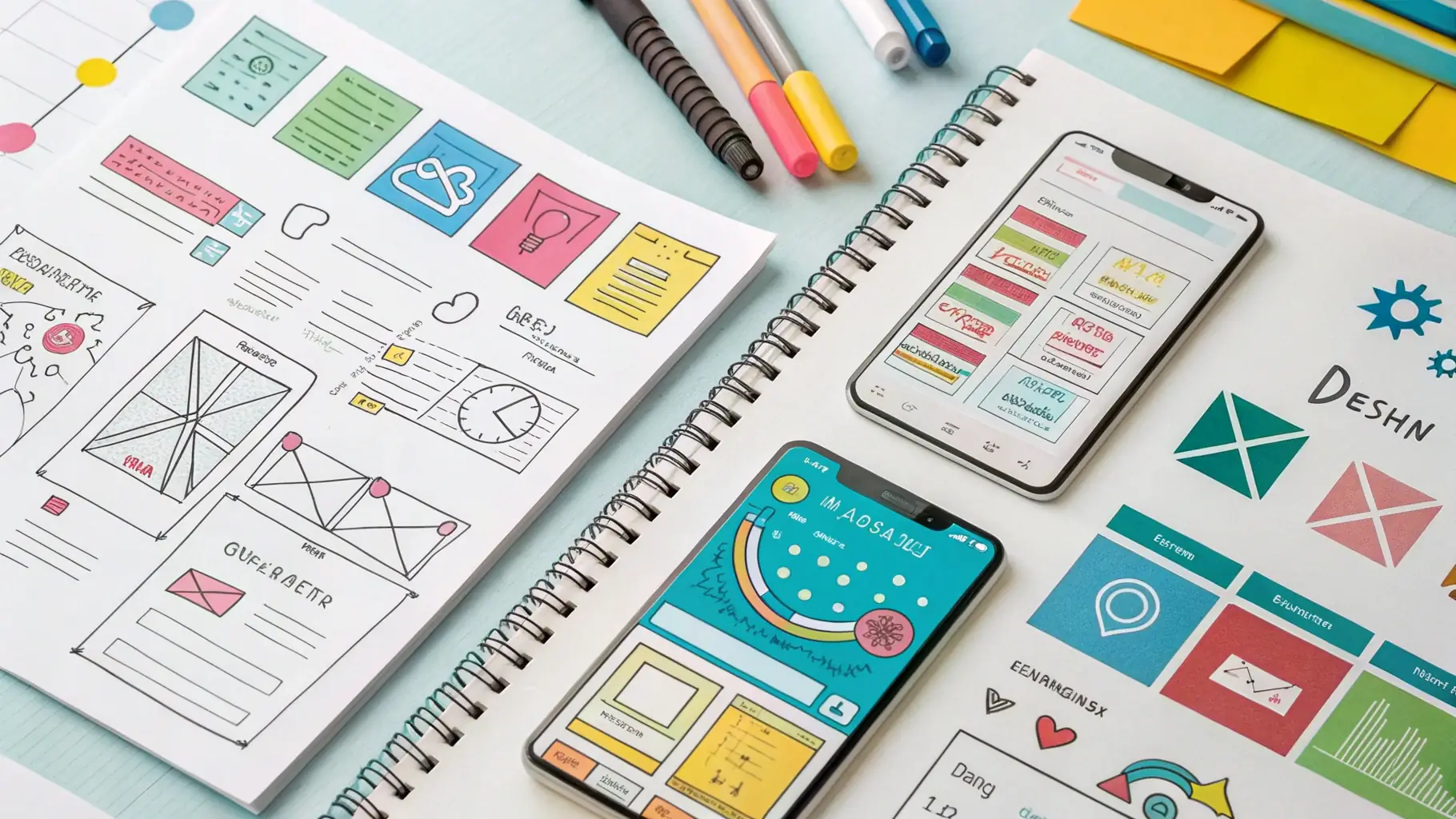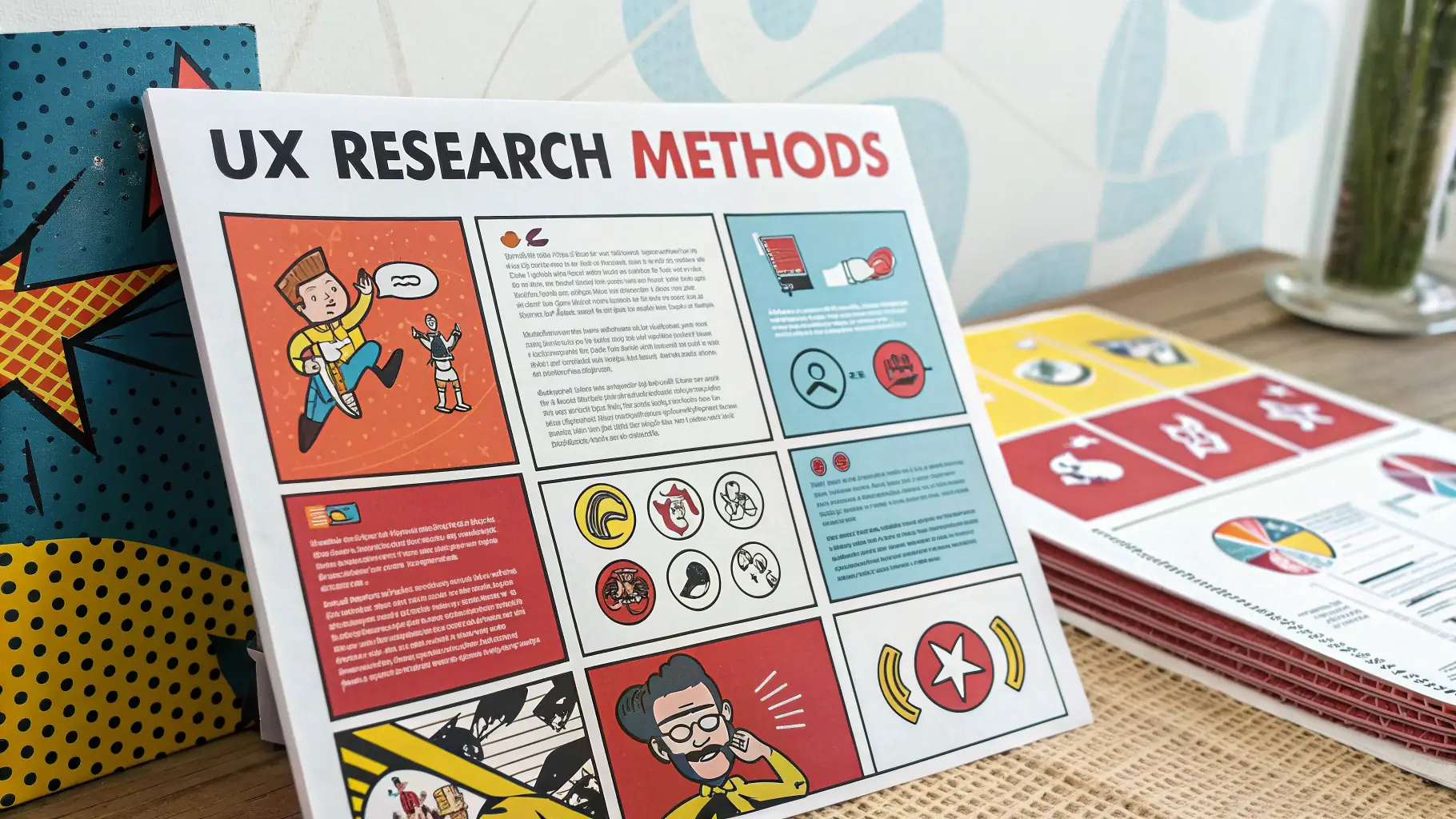In the realm of e-commerce, creating engaging user experiences is paramount for driving sales and customer satisfaction. A well-designed online store not only showcases products effectively but also guides users through the purchasing process with ease. This involves optimizing navigation, ensuring fast load times, and providing clear calls to action. By focusing on these elements, designers can create a shopping experience that feels intuitive and enjoyable for users.
Moreover, understanding user behavior is crucial in e-commerce design. Analyzing data from user interactions can reveal patterns and preferences that inform design decisions. For instance, incorporating personalized recommendations based on browsing history can enhance the shopping experience and encourage repeat visits. Additionally, utilizing A/B testing allows designers to experiment with different layouts and features, ensuring that the final design resonates with the target audience.
Ultimately, the goal of e-commerce design is to create a seamless journey from discovery to purchase. By prioritizing user experience and leveraging data-driven insights, designers can craft online stores that not only attract customers but also convert them into loyal buyers. As the e-commerce landscape continues to grow, embracing innovative design strategies will be essential for staying competitive.




